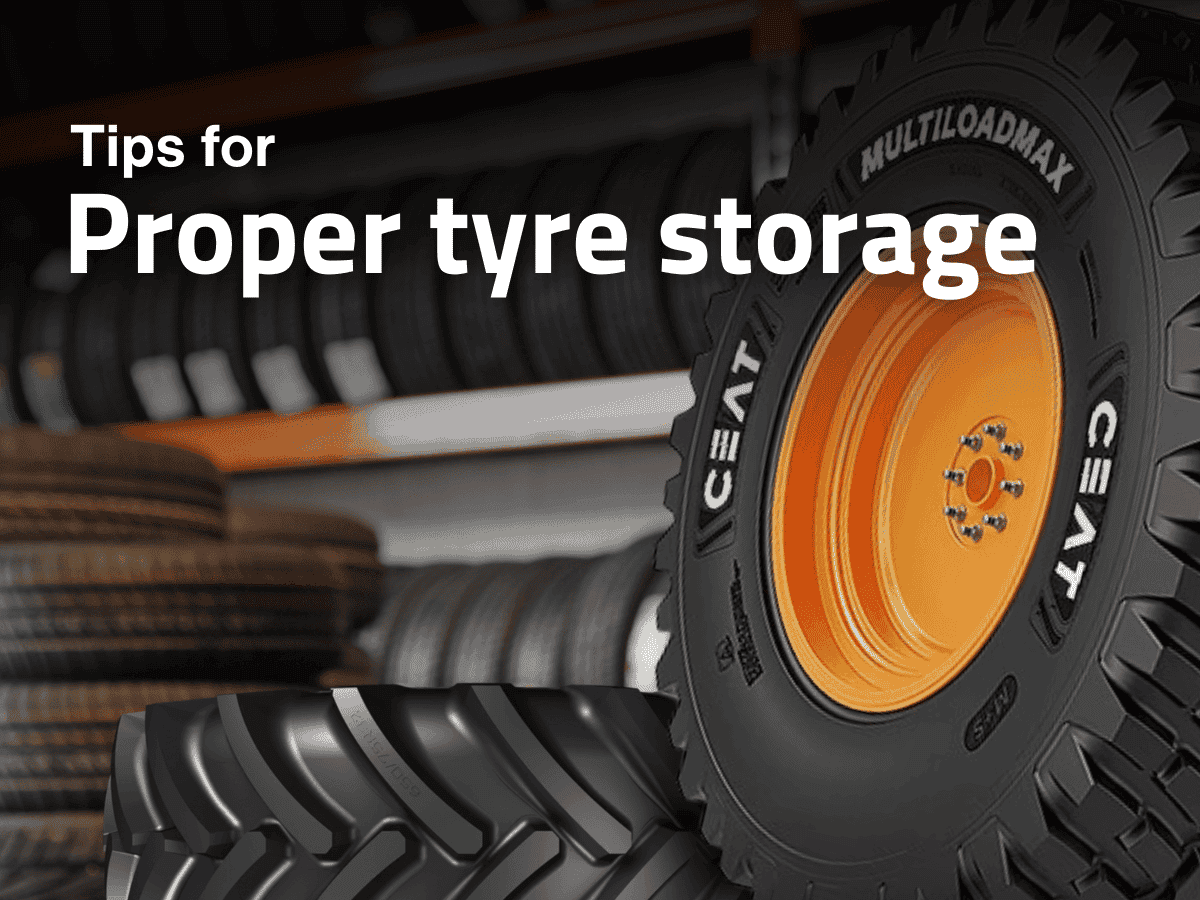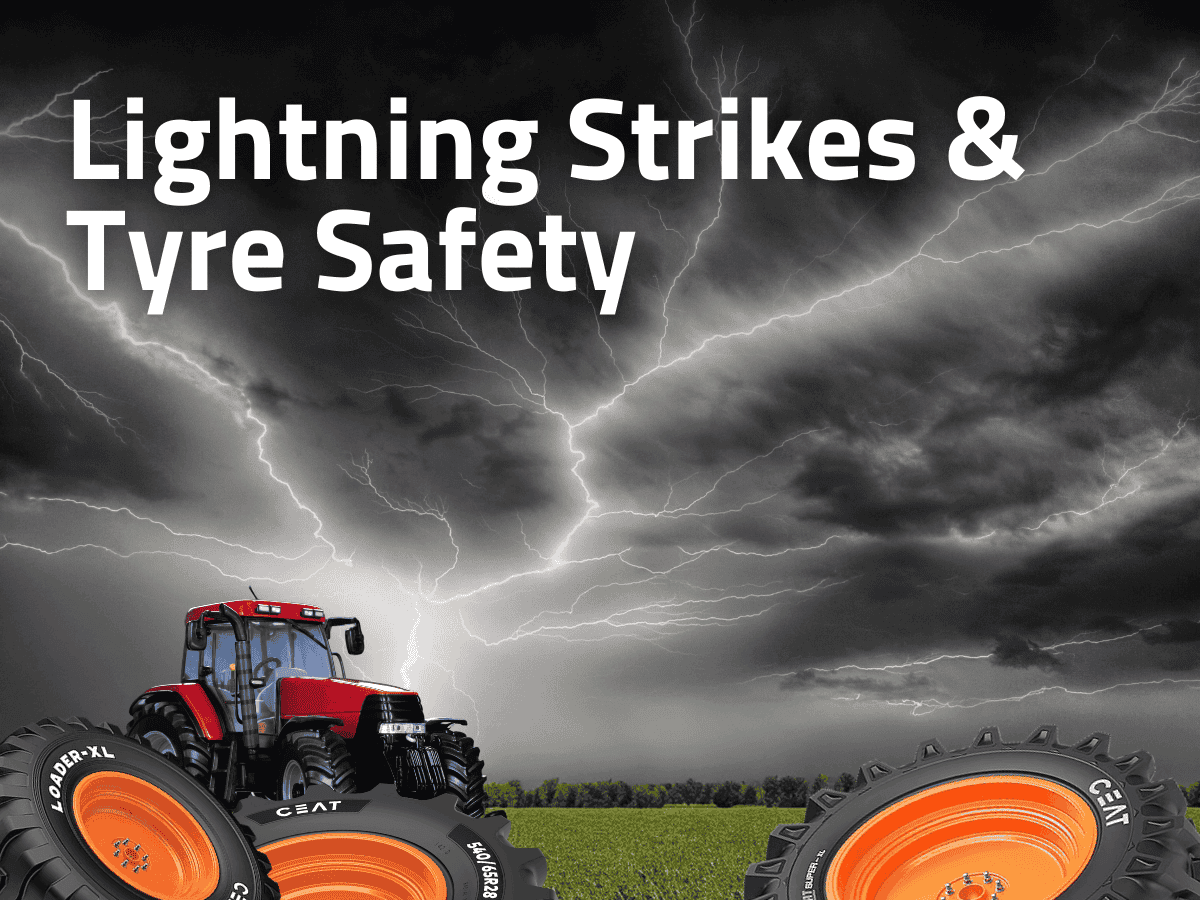ceat-speciality:blogs-tags/all,ceat-speciality:blogs-tags/tyre-care
How to get more traction from your tractor tyres
Wed, 18 May 2022 | PRODUCTS
Buying new tractor tyres represents a significant outlay, so your purchases need to perform to their maximum potential in order to maximise the return on your investment. Following a few tips can help get maximum traction from new tractor tyres so that they, and your tractor, do their best for your business. That will ensure extended time between your internet searches for ‘tractor tyres for sale’ or tractor tyres near me’, or scanning tractor tyres’ price lists.
Check pressures regularly and adjust as needed
The correct pressures recommended for your tractor tyres, given their specification and the load they are required to bear, are fundamental to optimum tractor tyre performance. Over-inflated tractor tyres may scrabble for grip on dry and hard field surfaces, while under-inflated tractor tyres may slip on the wheel rims in the same circumstances.
Use weigh cells to ascertain individual axle loads
If your tractor works regularly with a heavy implement, whether trailed or mounted, it may be wise to measure the weight the implement imposes on the tractor4 by weighing the individual wheels using weigh cells. Consult your tractor tyre dealer for help if necessary – they in turn may be able to also call on the expertise of the tractor tyre manufacturer. A high load on an individual axle may warrant ballasting elsewhere on the tractor to even out the load for optimal traction – using front-end weights, wheels weights or, in the case of tractors with a centrally-mounted cab, rear deck weights.
Ensure you change your tractor tyres before they reach their absolute tread limit
It may be tempting to get another season from a worn set of tractor tyres with, say, 10-20% tread remaining on them, but especially if your crop establishment relies on deep cultivations – for activities such as subsoiling, or when preparing ground for potatoes, for example – then traction will be compromised. A decision to change tractor tyres before they become very worn will soon repay in terms of workrate and fuel efficiency gains.
Make proper use of 4wd and your tractor’s wheelslip monitor
With most modern tractors fitted with 4wd, this should be engaged when necessary – and disengaged when not. Its use is especially important to maximise tractor and tractor tyre performance when performing primary and secondary cultivations, but much less so when performing top work tasks such as mowing or fertiliser spreading – unless fields are steep and hilly.
Without 4wd engaged, higher levels of wheelslip will occur, damaging the soil surface and wasting fuel. However, it’s essential to remember to disengage 4wd when not required at speed on the road, as not all tractors do this automatically.
Ensure also that you maximise traction by using your tractor’s draft control and wheelslip monitor properly. For the ideal bled of traction, fuel efficiency and performance, wheeslip should be 12-15% when performing primary or secondary tillage. A properly-set draft control and wheelslip control system will ensure it is kept below this, raising the implement marginally out of work if it meets the limit.
With the cost of new tractor tyres probably the most significant among a tractor’s wearing parts, they need to perform at their best. Following these tips will maximise their tractive performance and prolong the period before you next have to spend time searching for ‘tractor tyres for sale’ or tractor tyres near me’, or scanning tractor tyres’ price lists.

































































































































